Philadelphia’s Calder Gardens, furniture designer Christophe Delcourt and London’s postwar mews residences.
|
Wednesday 19/11/25
|

|
|
London
Paris
Zürich
Milan
Bangkok
Tokyo
Toronto
|
|
|
|

If walls could talk
Taking a leaf out of the Good Book, this week’s dispatch begins with a garden – Herzog & de Meuron’s Calder Gardens in Philadelphia to be precise. Then we talk about art and inspiration with French furniture designer Christophe Delcourt, discover an original Nakagin Capsule Tower unit in New York and flip through a book celebrating London’s postwar mews residencies. First in and best dressed is Monocle’s associate editor of design and fashion, Grace Charlton.
|
|
OPINION: grace charlton
Collect yourself
Last week, Salone del Mobile announced that it will be delving into the rarefied world of collectable design as it returns to Milan for its 2026 edition. Titled Salone Raritas, this addition to the line-up will take centre stage in the Rho Fiera. “We chose ‘Raritas’ from the Latin because it’s the best way to describe what doesn’t sit within the strict rules of design,” says Salone del Mobile’s president Maria Porro over lunch at London’s Claridge’s hotel. “Of course, collectable design is a big trend. And with all big trends there’s a risk of overproduction,” she adds. “But there has always been a constant dialogue between design and unique pieces, antiques, crafts and one-of-a-kinds. And throughout the history of industrial design, the development of a new chair is only possible thanks to the hands of craftspeople.”
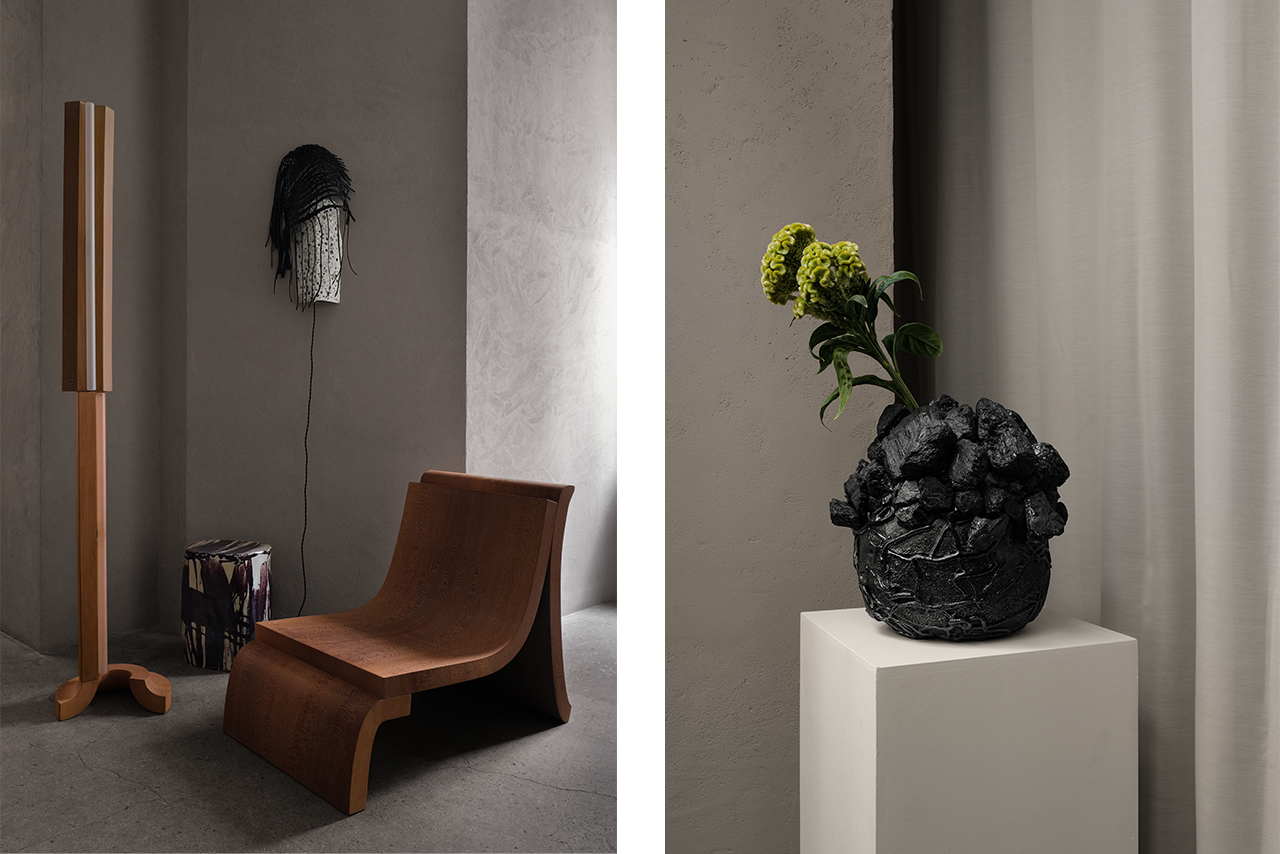
‘Im Zwischen’ at Parisian gallery CØR Collectible
Porro went on to mention that Salone del Mobile draws more than 300,000 visitors, including buyers, architects, interior designers, journalists and editors from around the world. As such, the intention is to give an international platform to collectable design galleries – and the noble craftspeople who they represent. But this downplays the fact that collectable design has been on a seemingly unstoppable ascent in recent years. Showcases and fairs dedicated to exquisite one-off, antique and handcrafted pieces (with hefty price tags) can be found roving the globe. Design Miami makes an annual pilgrimage to Paris while Pad hops across the pond from Paris to London. Then there’s Nomad, the salone showcasing in hotspots from the Hamptons to St Moritz. So keep an eye out, a Lalanne sheep could be coming your way.
Perhaps the most surprising thing to note is that the demand for collectable design is reportedly being driven by a younger crowd. Given how expensive it is to furnish a flat through exclusive design galleries peddling in the ultra-rare, this might seem counterintuitive. But as a “Zillennial” (the micro-generation born between Generation Z and the millennial generation), I see collectable design as the antidote to interiors that suffer the fate of over-exposure on social media feeds. These days, the ultimate luxury is knowing that no one can copy your carefully put-together home. Collectable design is, inherently, undemocratic but it upholds values of craft, quality and narrative that industrial design cannot compete with.
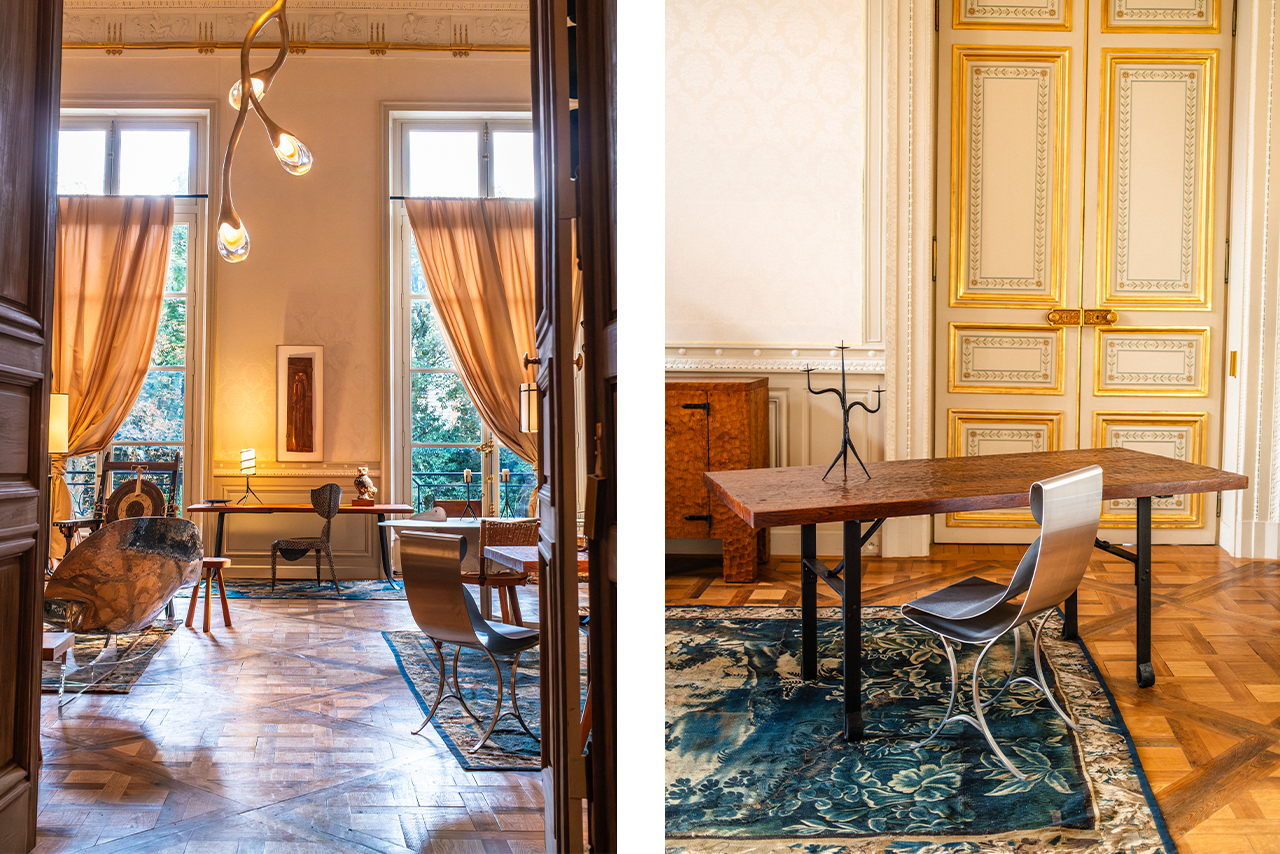
Galerie Gastou at Design Miami Paris
Ultimately, I wonder whether the appeal of collectable design also lies in its potential as a salve to overconsumption – that bugbear of sustainability that design companies struggle to genuinely confront. I dare anyone to walk through the halls of a design fair without feeling slightly nauseous about the quantity (and at times the average quality) of new products flooding the market, year in, year out. Nowhere is this feeling more acute than in the halls of the Rho Fiera. This next chapter for Salone del Mobile is a bold attempt to reconcile two conflicting ideas within the realm of design. Whether or not this hybrid approach works is another question. We’ll report back in the spring.
Grace Charlton is Monocle’s associate editor of design and fashion.
|
|
CANALI  MONOCLE MONOCLE
|
|
the project: Calder Gardens, USA
Garden variety
How do you design a museum that is not a museum? That was the question before Swiss-based global architecture firm Herzog & de Meuron when it was tasked with creating a building to show just a handful of late US artist Alexander Calder’s work without traditional curatorial trappings. The resulting Calder Gardens, in Philadelphia, opened to the public this autumn. The partially sunken building housing the sculptor’s works eschews a grand lobby and standard-size galleries. It’s an approach that reflects the locations where Calder’s work is found throughout the world, from expansive gardens to tiny rooms. “The discovery we went through in researching Calder created a brief,” explains Herzog & de Meuron’s Jason Frantzen.
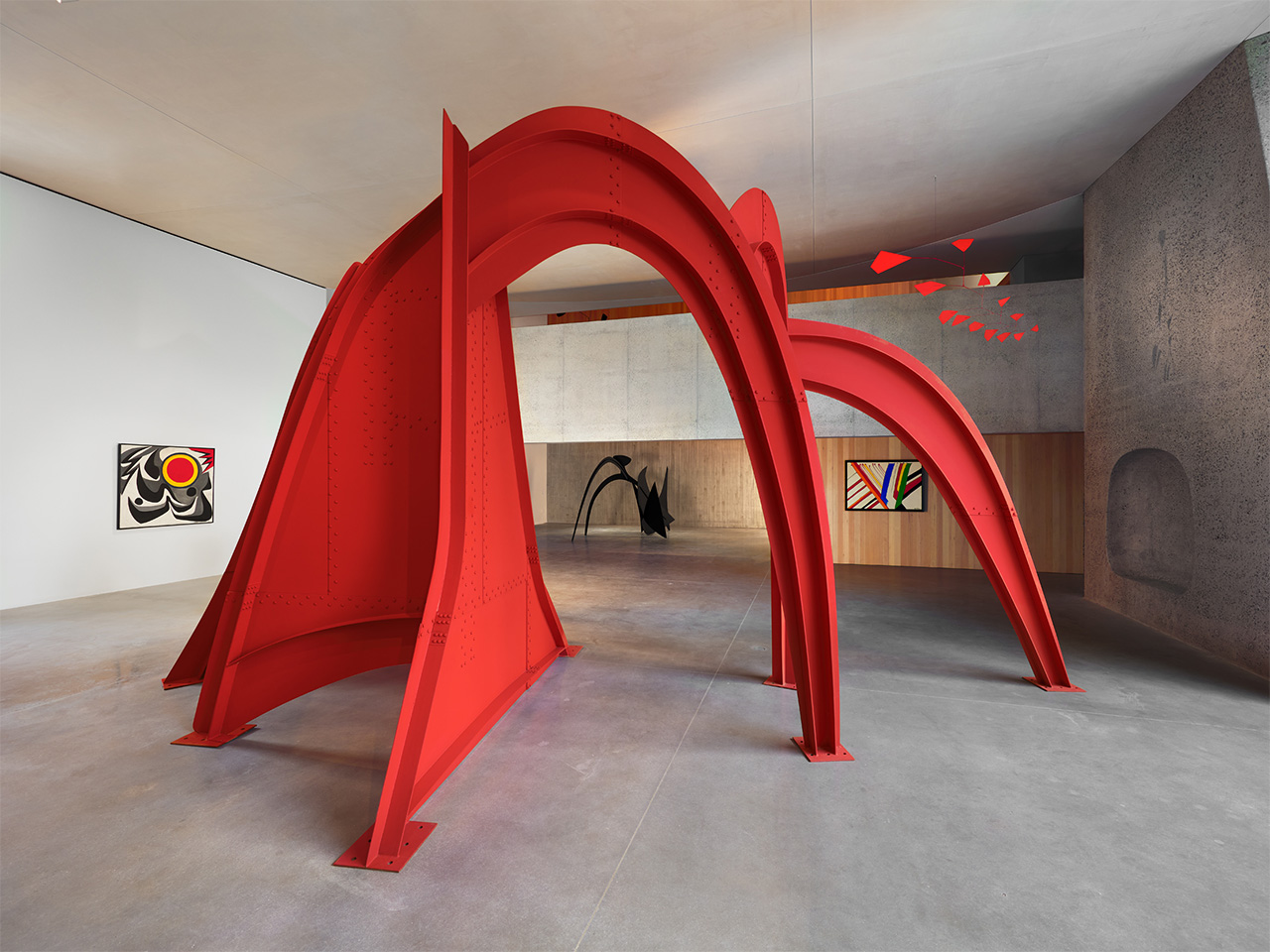
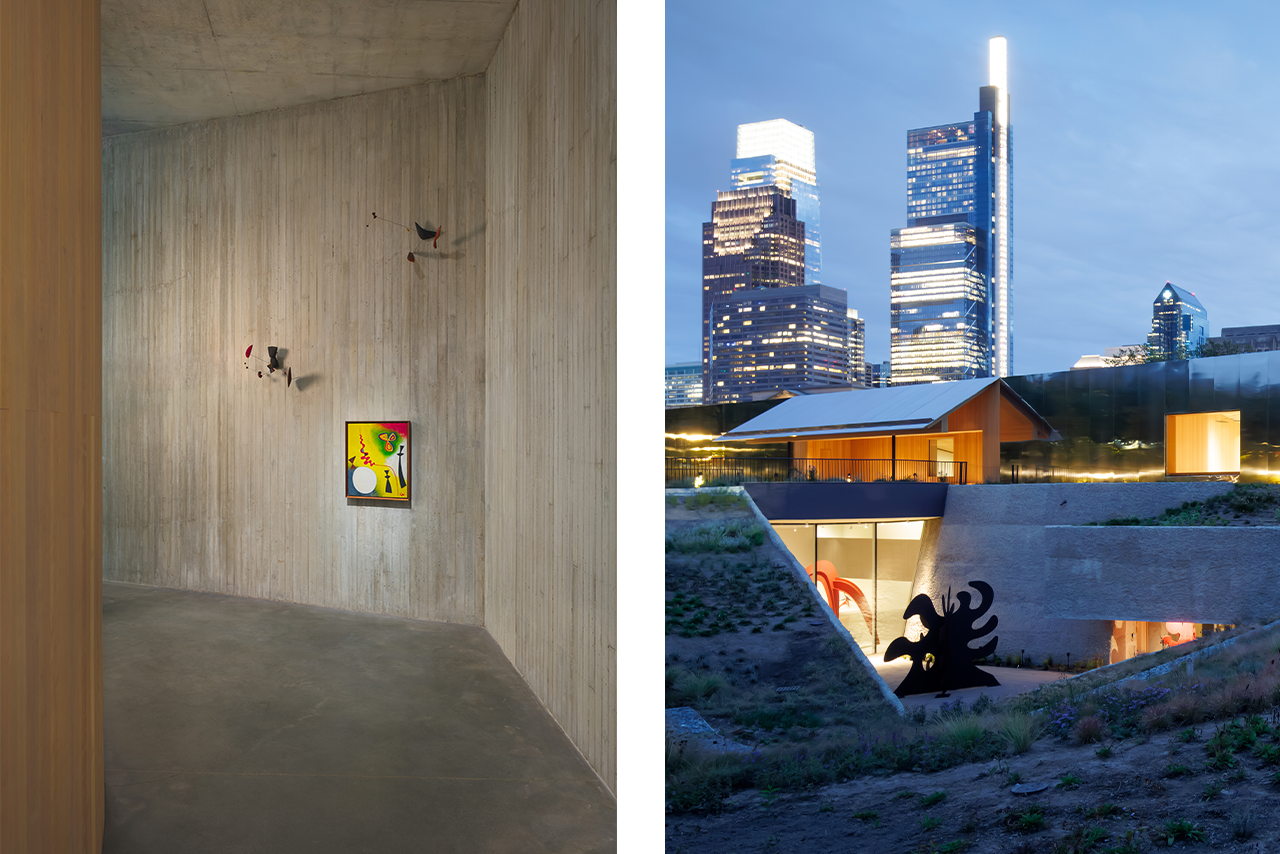
Working on the last undeveloped site along the Benjamin Franklin Parkway, home to Philadelphia’s marquee cultural institutions, the finished product is a remarkable interplay of materials and textures. The building and surrounding Piet Oudolf-designed landscape offer a multisensory experience, with the walls shifting from softly rippled hemlock and smooth concrete to jagged shotcrete. Those surfaces create viewing areas in concealed portholes and curving galleries as Calder’s work appears at unexpected junctures, including the recess of a stairwell. The building’s calling card is surprise and, with Calder’s work in constant rotation, there will be new discoveries every visit.
caldergardens.org
For another benchmark project from Herzog & de Meuron, click here.
|
|
WORDS WITH... Christophe Delcourt, France
From the horse’s mouth
French furniture designer Christophe Delcourt is joining forces with Brianza-based design company Molteni&C on a series of pieces inspired by arte povera – an art movement originating in the late 1960s that celebrated humble materials and the everyday. As such, Delcourt’s new line includes a sofa, an armchair and several tables (as seen below) exploring the interplay between wood, metal, marble, glass and lacquered surfaces. Delcourt is already working enthusiastically on his second collection for Molteni&C, to be launched next year. Here, we hear about his love of art, horses and Constantin Brâncuși.

Which movement or designer has influenced you the most?
The postwar years. At that time, France’s previously opulent interior design style was completely revolutionised. Before, furniture was typically developed by traditional manufacturers and architects such as Le Corbusier and Charlotte Perriand designed bold, minimalist pieces. I particularly admire Perriand – she has influenced me greatly. Not only did she create an entirely new design language but she also made her mark as a woman in a male-dominated field.
The sky’s the limit: which piece of furniture would you love to own?
I would buy one of the sculptural wall panels created by Nerone e Patuzzi in the mid-1970s. I’m a great admirer of Nerone Ceccarelli and Giancarlo Patuzzi, who founded NP2 in 1962 to promote the integration of art into architecture.
A recurring source of inspiration?
Art, especially sculpture and painting. I love the formal language of Constantin Brâncuși and Giuseppe Penone. As a self-taught artist, museums were my school and I remain passionate about visiting them. I particularly enjoy the Peintures Françaises section of the Louvre and, at the Musée Bourdelle in Montparnasse, I’m always impressed by Antoine Bourdelle’s sculptures, especially his large equestrian works, which are truly monumental.
A favourite project that you’ve worked on?
Always the next one. I’m curious by nature and rarely look back. What appeals to me most is what hasn’t been done yet. I’m always grateful when a client places their trust in me and gives me creative freedom. However, if I’m asked to base new work on one of my earlier designs, I decline. That doesn’t interest me. I need a challenge – otherwise I get bored quickly.
A dream commission?
My dream is that my maison will outlive me. I’m very happy to have found my own form of expression. I’d love for this project to continue, though I’m not sure how, as my children have other plans. Beyond that, horse riding is my great passion, and I spend half my life in Normandy, where I own land, a house and a riding stable. Another dream would be to build a beautiful new stable there.
A priority for you and the industry going forward?
It’s important for the next generation to learn craft skills. There will be a shift away from industrialisation towards craftsmanship. However, it’s essential to be able to work with a variety of materials. People who master only one discipline will find it difficult.
Which city has the best design scene? And where should we visit?
Paris, of course. I recommend the Musée des Arts Décoratifs and the Atelier Brancusi near the Centre Pompidou, though it is unfortunately closed at the moment for renovation. But there’s something to look forward to: the Musée Giacometti, part of the Fondation Giacometti, is currently in the works in the former Gare des Invalides. The building is being transformed by Dominique Perrault, the architect behind the Bibliothèque Nationale de France.
Fancy more from Monocle’s favourite designers? Tune in to ‘Monocle on Design’ every Tuesday for weekly episodes.
|
|
from the archive: Nakagin Capsule Tower, Japan
Thinking inside the box
New Yorkers peering into the Museum of Modern Art’s street-level galleries these days face a curious object: a white metal box, about the size of a sleeper cabin, with a single circular window. This is one of the original units from Nakagin Capsule Tower, a Tokyo landmark that was demolished in 2022. Completed 50 years earlier by Kisho Kurokawa, the building had 140 “capsules” that were marketed to Shibuya businessmen and could be kitted out with a colour TV, hi-fi stereo and a whiskey cabinet, all squeezed into about 10 sq m. At the time, one unit cost a little less than a Toyota Corolla.

The capsule’s move to New York – and to other museums around the world that successfully salvaged units – comes surprisingly close to the architect’s original vision. Kurokawa believed that people could live in capsules that are able to be combined and moved according to individual need. “He had a notion that future inhabitants of the city would be way more mobile and nomadic,” says MoMA curatorial associate Paula Vilaplana de Miguel. Though capsule towers didn’t catch on worldwide, Kurokawa nailed the big picture – and in a housing market such as Manhattan’s, the mini-home suddenly seems like a steal.
Looking for more to see in New York? Check out Monocle’s City Guide here.
|
|
in the picture: ‘At Home in London: The Mews House’, UK
Front-page mews
London-based publisher Mack has added a second title to its At Home in London series – a collection of photography books, commissioned by Architecture Foundation, which examines the history of homes distinct to the UK capital. At Home in London: The Mews House profiles 16 noteworthy mews residences built after the Second World War, when this type of development became popular among architects seeking to create custom-built spaces tailored to their domestic lives and work.
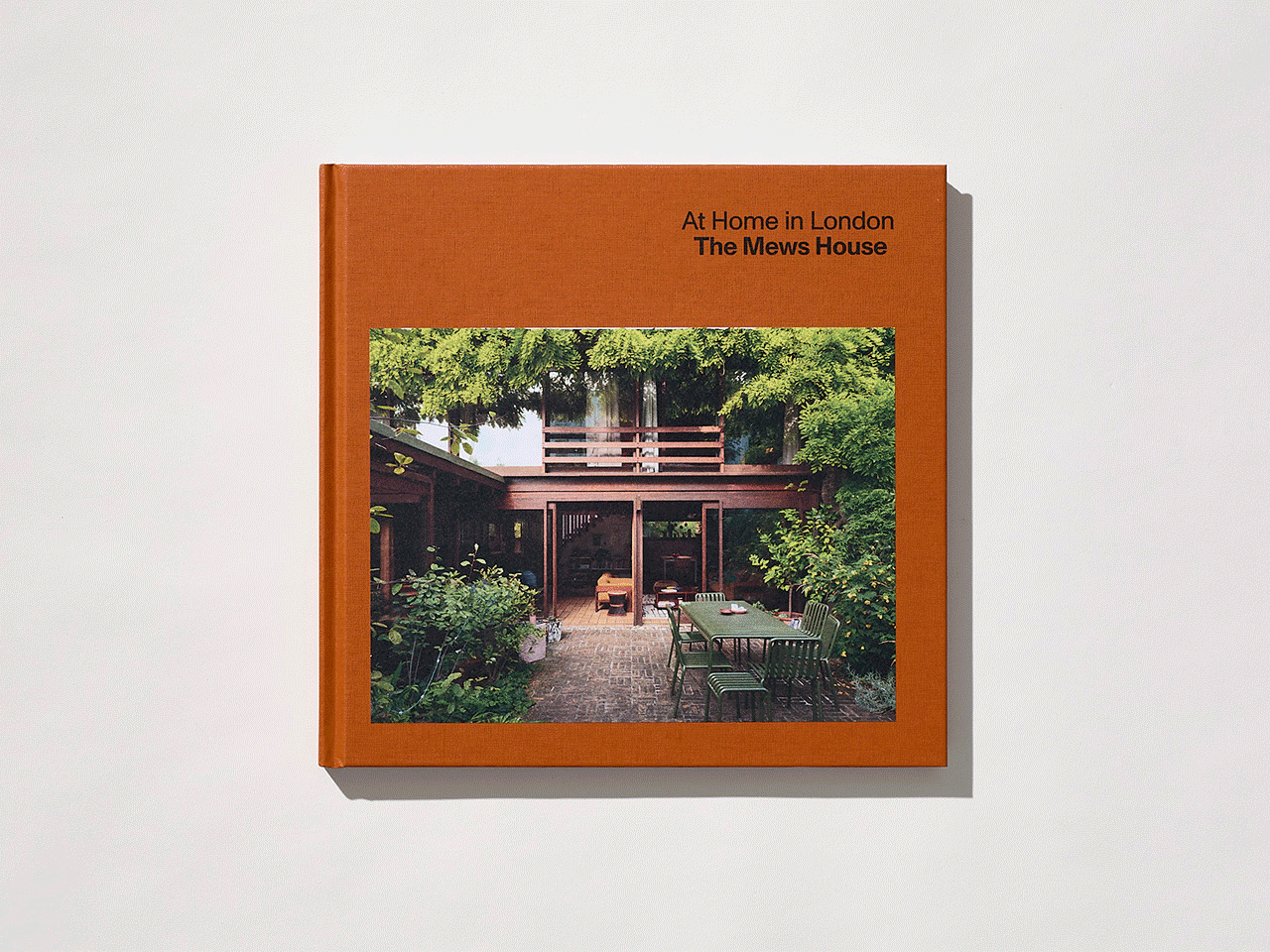
UK-based photographer Matthew Blunderfield’s imagery is complemented by floor plans and slick architectural drawings of each building. “The mews house tradition offers a particularly useful reference for the development of the kind of complex infill sites that architects are frequently asked to address today,” says Ellis Woodman, director of Architecture Foundation. Citing Al-Jawad Pike’s Chowdhury Walk, a Stirling Prize-nominated development built on an old industrial site in Hackney, Woodman promotes this project as one that “applies the distinctive spatial characteristics of the historic mews to a very different context”. As such, it suggests a variety of ways the mews development model can continue to be used to this day, even in some of the most unpredictable places.
mackbooks.co.uk; architecturefoundation.org.uk
|
|
| | |